The 5 Biggest Reasons Scion is Dead

Toyota’s North American experiment known as the Scion brand has been shut down, with its products being adopted back into Toyota’s lineup.
But why? In Toyota’s own words, “Toyota’s decision was made in response to customers’ needs. Today’s younger buyers still want fun-to-drive vehicles that look good, but they are also more practical. They, like their parents, have come to appreciate the Toyota brand and its traditional attributes of quality, dependability and reliability.”
ALSO SEE: The Scion Brand is Officially Dead
Scion was created as a brand looking to bring new, younger buyers into showrooms who would not normally consider a Toyota. To do so, Scion employed a few tactics, including a one-trim approach, which means that customers only got to choose paint colors, transmissions and accessories. This also allowed Scion to have “no haggle” pricing on its lineup of small, quirky cars.
But still, the Scion brand never really recovered from the 2008 recession. So where exactly did Scion go wrong?
Not Enough Product
Scion went through long periods without new products, and refreshes for its existing cars took too long. The brand launched in 2003 with the the boxy xB and the compact xA in just New York and California. In 2004, the brand went mainstream and added the tC coupe.
In 2008, the xD came along to replace the xA, while the xB got a second generation. But that’s when things started going downhill.
The next new product onslaught finally came in 2012 with the introduction of the micro iQ and the FR-S sports car. The iQ never really caught on, but the FR-S saw a sharp spike in sales followed by a flatline. Dealers cried for new products and were told by Toyota to hold out for a little longer.
They waited until 2015, when the iA and iM were released, but it was already too late.
Sales Slump
Looking at the sales numbers for Scion, it’s not hard to see why the brand was shuttered.
Sales peaked for the brand in 2006 at 173,034 units, but they never recovered after the 2008 recession. Just four years later in 2010, Scion sold just 45,678 vehicles, with the biggest drop coming from 2008 to 2009, when sales were nearly cut in half.
With the introduction of the FR-S and iQ, Scion had slight bump in 2012 up to 73,505 units, but sales numbers have been falling ever since. Even two new models introduced in 2015 weren’t enough to beat out 2014 sales.
Scion Had No Real Reason to Exist
When it was first created 13 years ago, Scion was entering a market where young Generation Xers were looking to buy their first car, and they didn’t want to be seen in a Toyota, the same brand that their parents or friend’s parents likely owned.
According to what Toyota sees, the young people of today have a much more favorable outlook of Toyota, and don’t want to be seen going for a car that might be considered a lesser Toyota model.
Weird Product Choices
In 2012 when Scion desperately needed new products, the brand introduced the FR-S and the iQ minicar.
The FR-S was a great car, bringing with it the spirit of low-cost, high-fun Japanese sports cars of the past. But despite it being great, sales strength didn’t last. The FR-S had its best year in 2013 with 18,327 units sold, while in 2015, just 10,507 units moved from dealer showrooms.
In the case of the iQ, it was always criticized for being too small and for having poor fuel economy. It was also undercut by the Toyota Yaris, which was cheaper and offered more space. From the get-go, this small car seemed like a lackluster product, and sales reflected that, with a high of 8,879 units sold in 2012 while just 2,040 units sold in 2014.
A small crossover was in line to be Scion’s next product, but it will now become a Toyota. Introducing a compact crossover to the lineup earlier may have helped Scion to gain some sales volume.
ALSO SEE: Scion C-HR Concept: Yes, Scion is Getting a Crossover
The Top-Selling tC Wasn’t Kept Up to Date
When Scion was selling the most cars around 2006, the tC was its top selling model, but it quickly became non-competitive in the market. The small coupe, a competitor to cars like the Honda Civic Coupe, was redesigned in 2011 and saw sales jump up to 22,433 units, still a far cry from the car’s high of 79,125 units sold in 2006. The redesign consisted of a slight power bump and a revised interior, but not too much else.
Still, Scion could have possibly kept that sales momentum up by introducing more engine options or trying to make the tC more fun to drive, but instead they let it sit unchanged, occasionally releasing not so special edition models. In 2014, another revision came to the car that amounted to a slight facelift, keeping the same old four-cylinder powerplant and lackluster driving dynamics.
Will you miss Scion? Tell us in the comments below.
Discuss this story at our Toyota Forum

Stephen covers all of the day-to-day events of the industry as the News Editor at AutoGuide, along with being the AG truck expert. His truck knowledge comes from working long days on the woodlot with pickups and driving straight trucks professionally. When not at his desk, Steve can be found playing his bass or riding his snowmobile or Sea-Doo. Find Stephen on <A title="@Selmer07 on Twitter" href="http://www.twitter.com/selmer07">Twitter</A> and <A title="Stephen on Google+" href="http://plus.google.com/117833131531784822251?rel=author">Google+</A>
More by Stephen Elmer






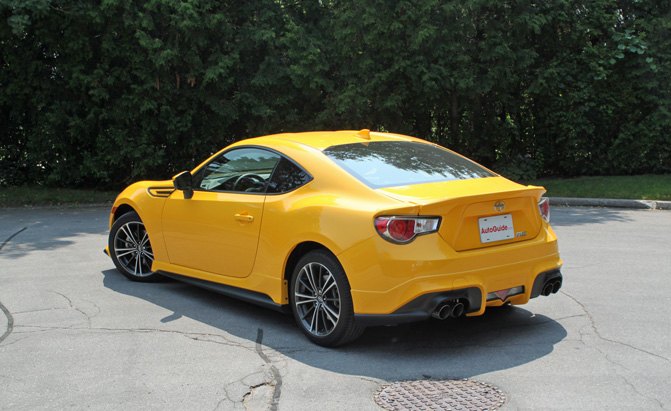
















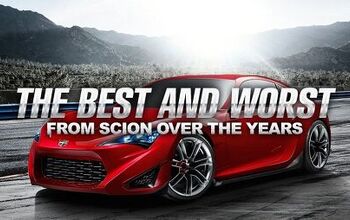




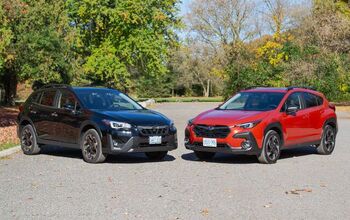


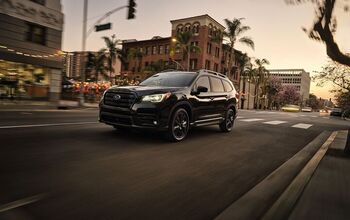
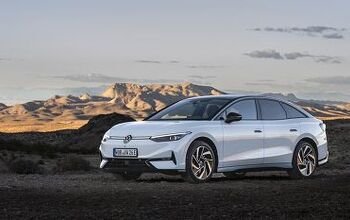
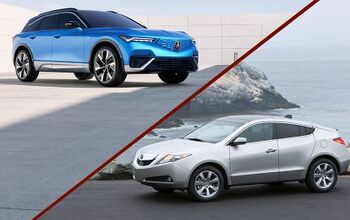



Comments
Join the conversation
One thing that bothered me was the lack of colors. Trying to appeal to a younger audience but having a color palette of Buick was kind of ridiculous, unless you bought a release series which I did.
Why should the car only appeal to the younger crowd? Older people like fuel economy and easy parking too.